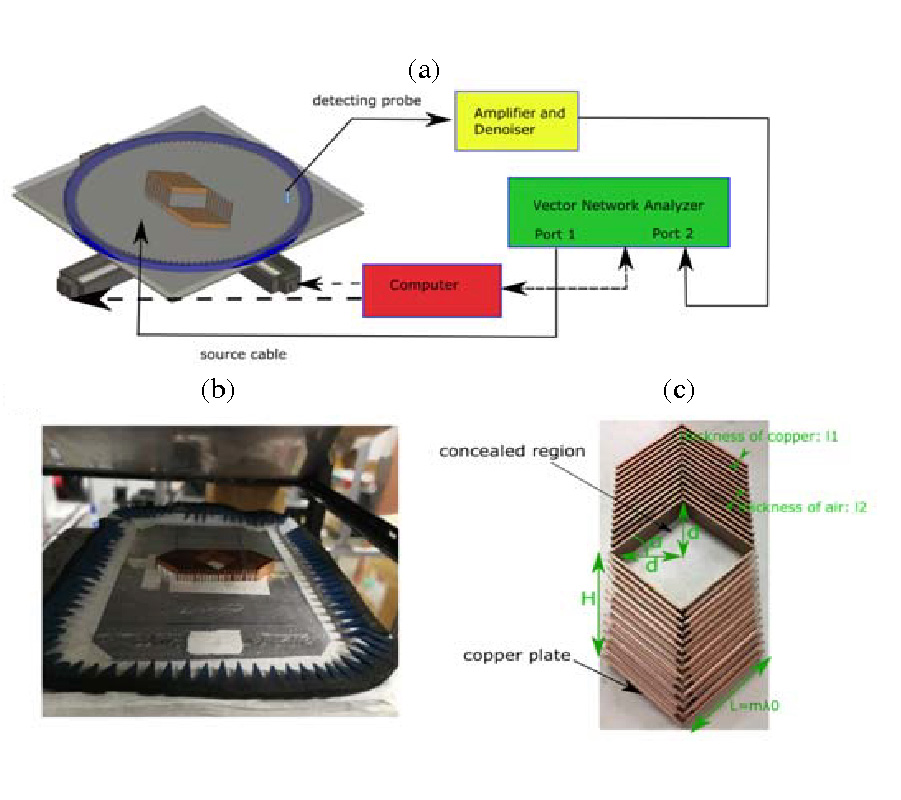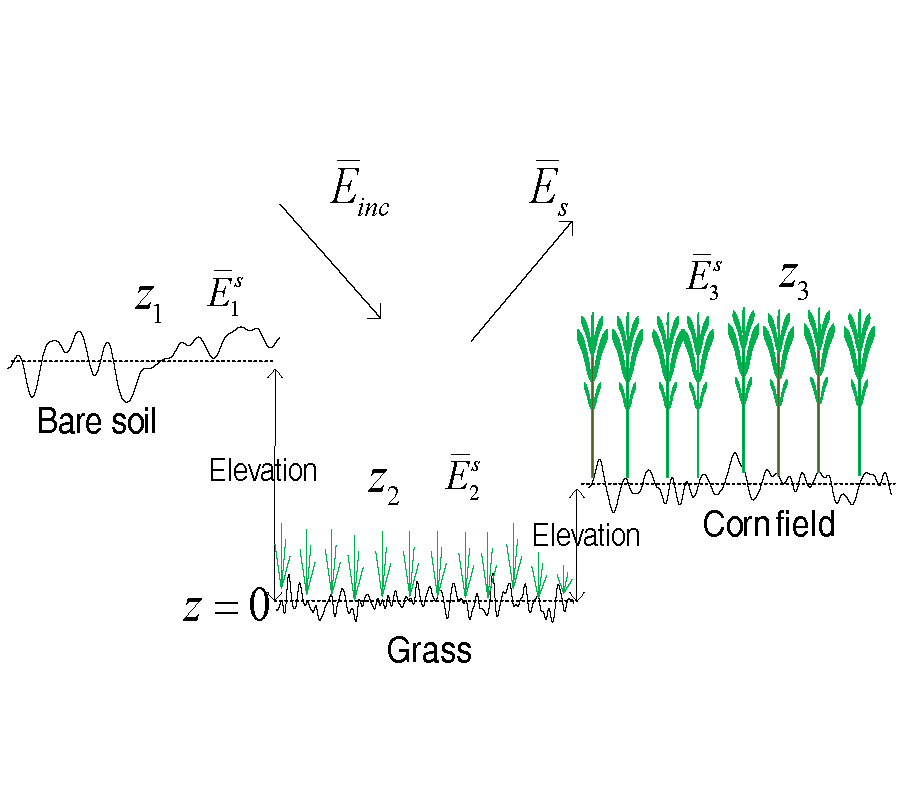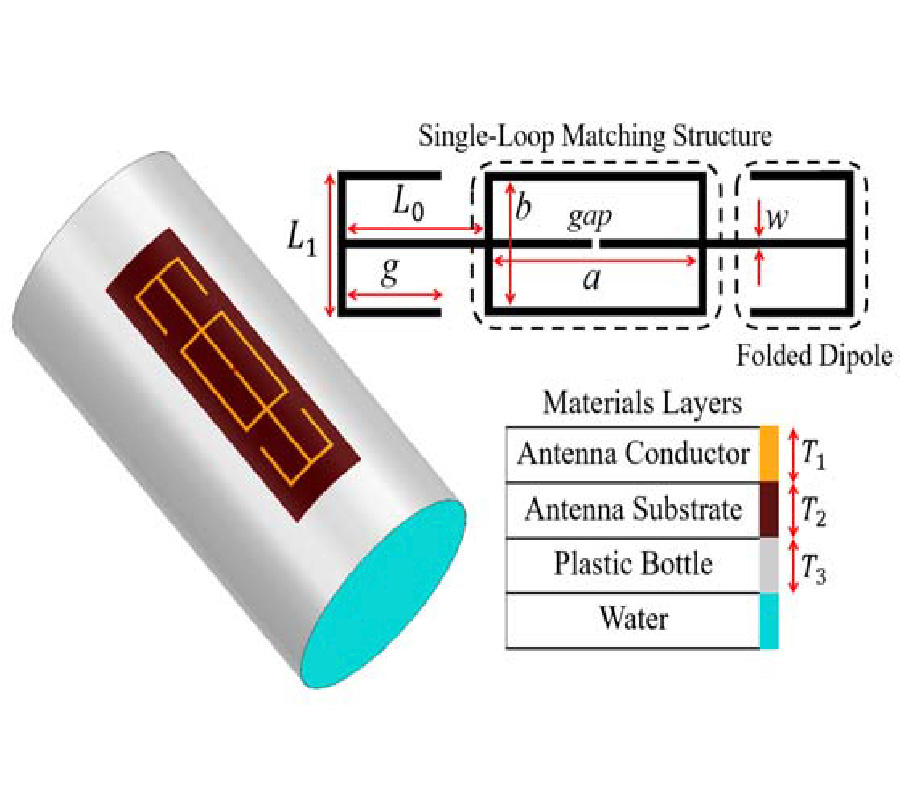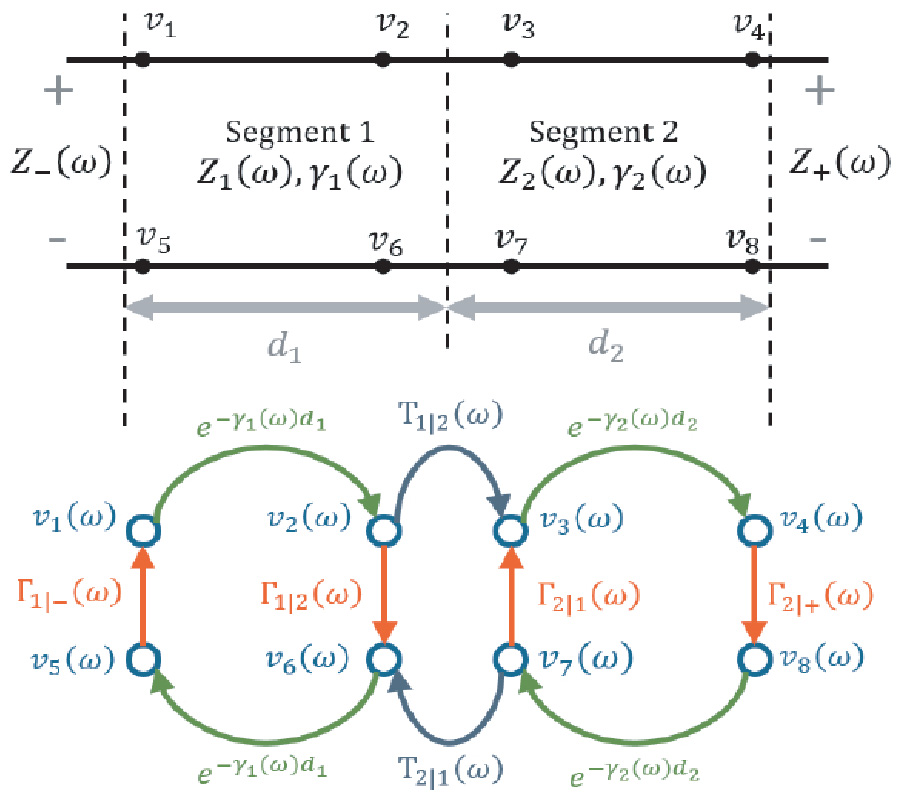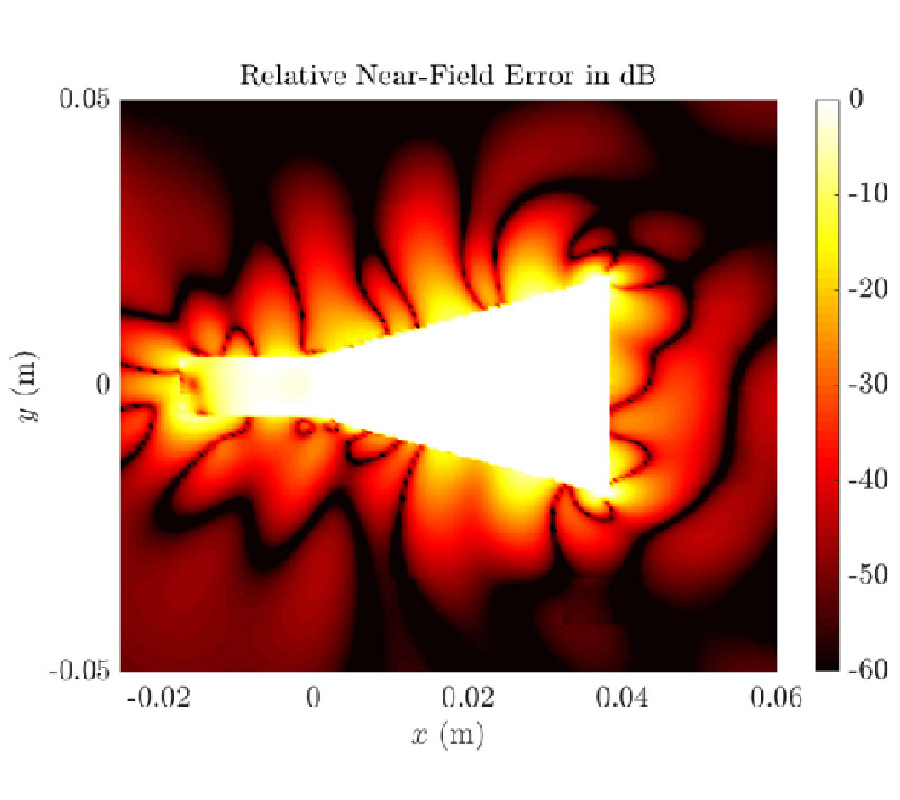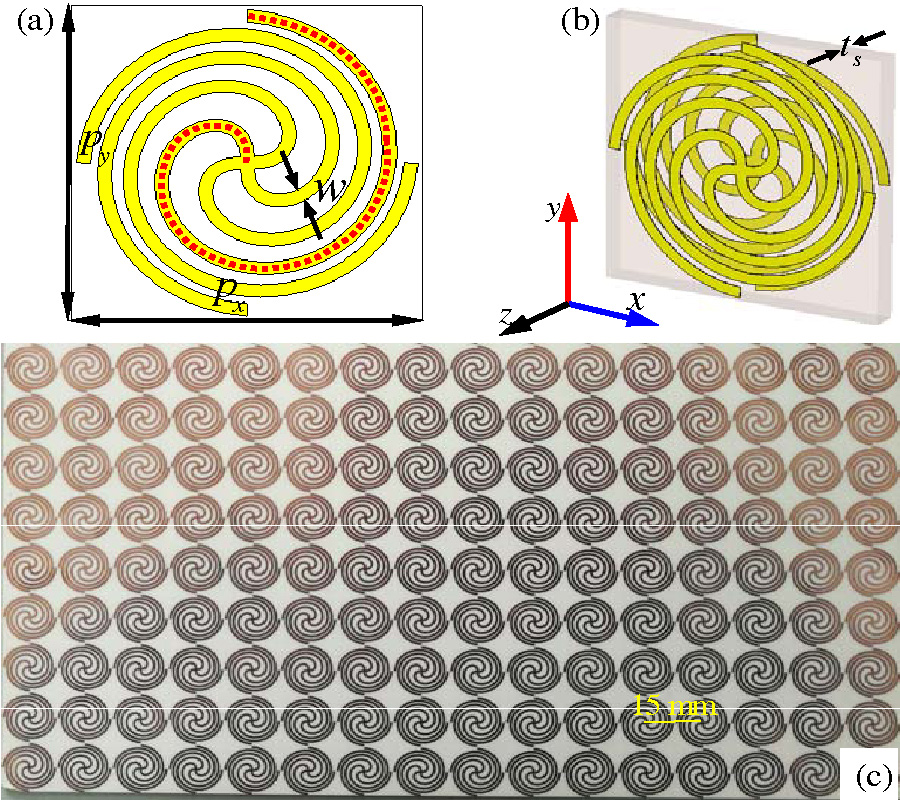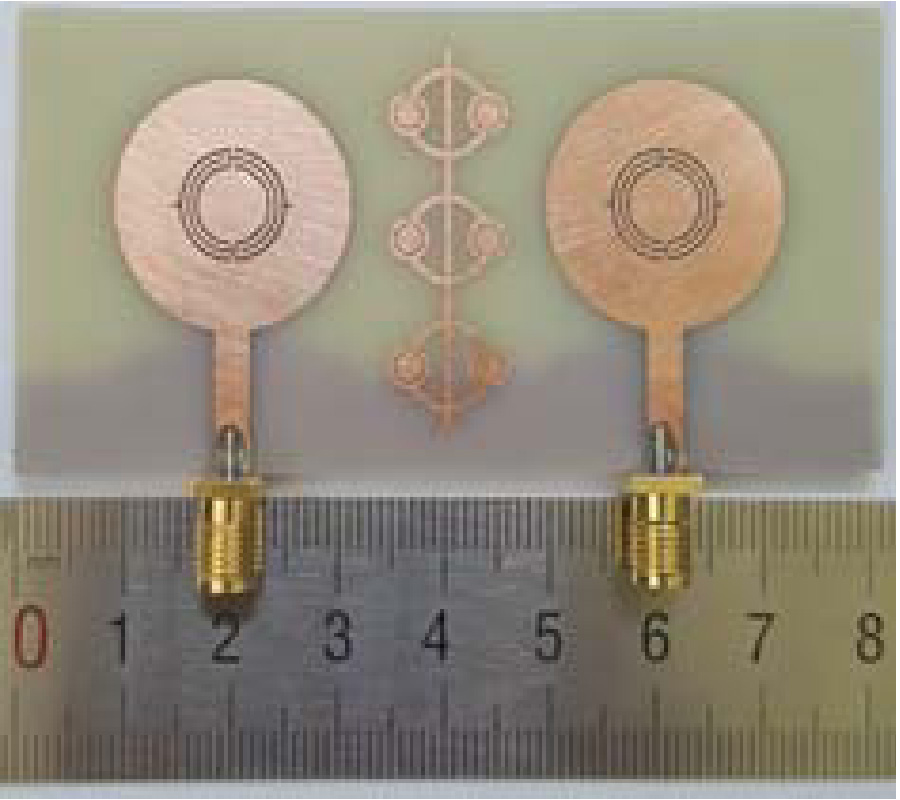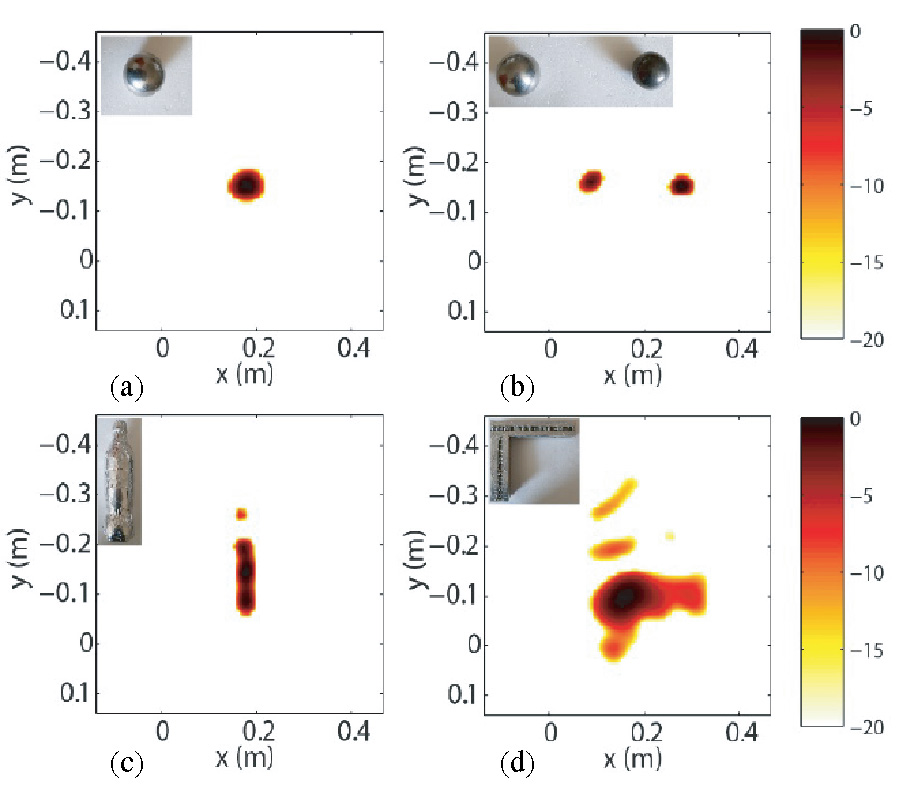Performance Improvement and Antenna Design of Left-Handed Material Units Based on Topological Deformations
Baiqiang You,
Mengyin Dong,
Jianhua Zhou and
Haike Xu
In this paper, by applying topological theory, we evaluate some left-handed unit structures. Based on the classification of topological deformation, the laws and characteristics of potential electromagnetic parameters are captured. The original left-handed material unit is realized by using a circular C-shaped coupling ring, the whose whole size is 10 × 10 × 0.5 mm3. Through three kinds of topological deformations, to explore the influence of topology on antenna performance, the electromagnetic parameters and left-handed characteristics of the original and modified units are compared and analyzed. For the designed handshake-shaped unit structure, simulation analysis predicts that dual-frequency, or even multi-band left-handed characteristics, can be achieved. To expand the structural performance of the handshake-shaped unit, an annular line for coupling enhancement is added inside the U-shaped structure to form an integrally coupled annular unit structure. Simulation results show that, with amplitudes of reflection coefficients of -27.1 dB and -14.5 dB, the resonance points of the improved unit structure are 3.57 GHz and 5.64 GHz, respectively. Loading the unit structure with a dual-band left-handed characteristic, a UWB antenna is designed and analyzed in detail. Through simulation, antenna performance is most affected by interference within the range of 2.5 ~ 5.0 GHz, which coincides with the double negative frequency band of the loaded left-handed structural unit. The notch frequency band of the designed UWB antenna, which is much wider than traditional notch antennas, is 3.62 ~ 4.54 GHz, with a notch bandwidth of 920 MHz.

